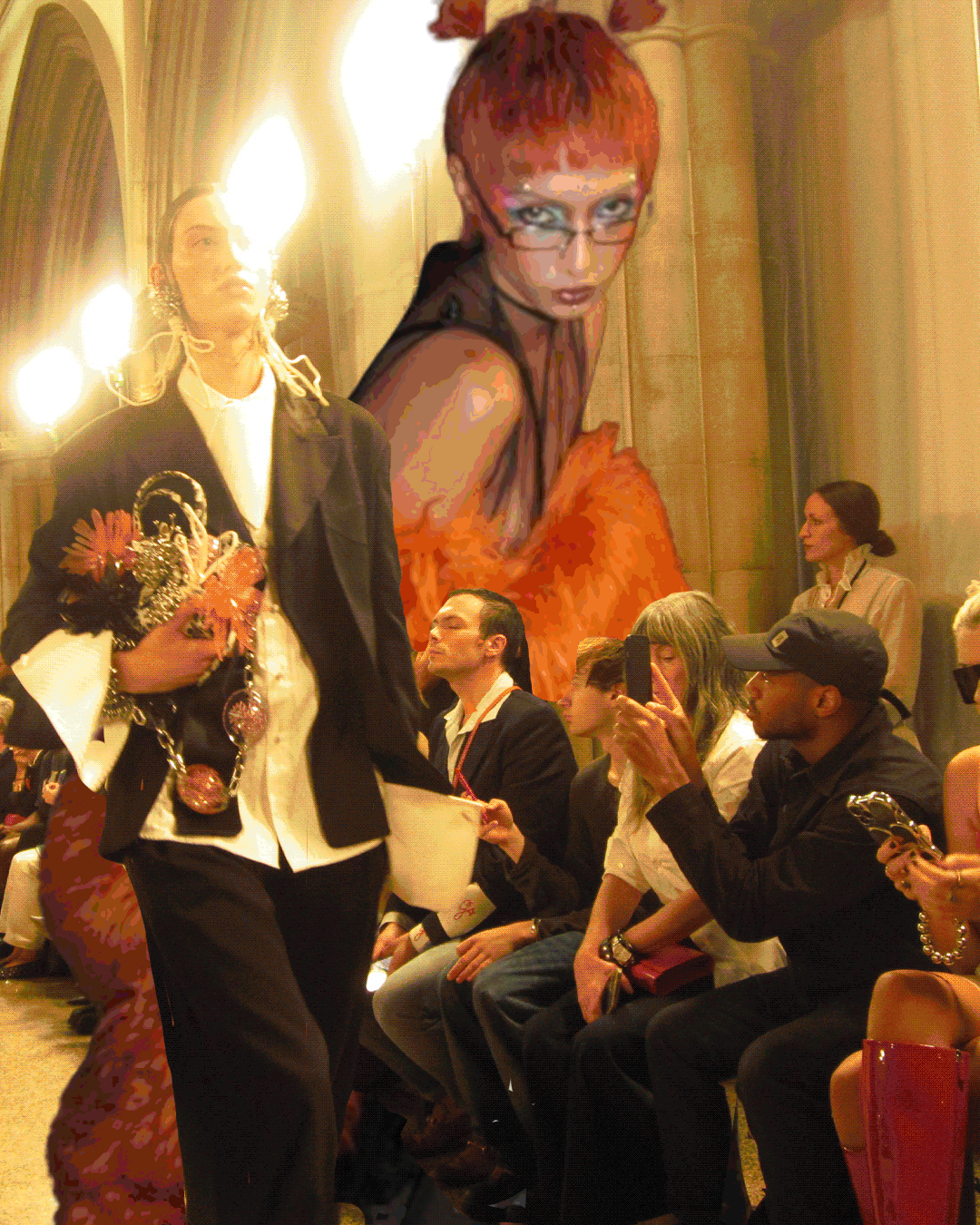Black Magic
- Share via
“It is as if each of us has one titular robe, and it is that special black dress that is both chic and armor.”
--Edna O’Brien, “Mirabella,” 1994
*
My own favorite little black dress is a sturdy 25-year-old wool chemise. My mother passed it down to me, knowing I would need something elegant and simple in my closet. There has always been safety in that dress. The hemline has been up and down a few times, but the dress endures.
As do the seven decades of black dresses in author Amy Holman-Edelman’s first book, “The Little Black Dress” (Simon & Schuster, $30). From Holly Golightly’s glamorous column of black silk in “Breakfast at Tiffany’s” to the sexy signature strapless Betty Boop wears popping out of a black ink bottle in a 1930s cartoon, the black dress is a perennial staple with an impressive history of making famous women look great, and other women look famous.
History, trivia, quotes and classic black-and-white photos of famous black dress wearers in the elegant picture book take the little black dress from the descendant of mourning-wear to high chic. Holman-Edelman describes how the dress that today liberates many women from the search for just the right thing to wear evolved from a dress created for widows, who until the end of the 19th century were expected to wear nothing but black for years after their husband’s passing.
“Black was believed to make a woman appear less conspicuous, while announcing her unavailability,” the author writes. Yet it also marked her as sexually experienced.
Holman-Edelman says mourning-wear seemed to symbolize that a woman’s life “ceased to exist when her husband’s did.” Women who ignored this strict dress code risked social ruination.
Little wonder that an 1884 portrait of Madame X in a black dress with deep decolletage and diamond-studded shoulder straps caused such a scandal that painter John Singer’s career was threatened and the reputation of his subject destroyed. Black may have been mature and forbidden, but that made it sexy and seductive.
*
“The intoxication obtained from wearing certain articles of clothing can be as powerful as that induced by a drug.”
--Bernard Rudofsky, “The Unfashionable Human Body”
*
Designing a dress to intoxicate was not the intent back in 1926 of Coco Chanel, considered the birth mother of the modern little black dress. She was looking for something simple, versatile and easy to accessorize.
“Simplicity,” said Chanel, “is the keynote to all true elegance.”
With a clean and uncomplicated illustration in Vogue, Chanel created the little black dress that would come to define all others. Like Chanel herself, the little black dress became a classic symbol of womanly independence. Although designers through the decades would create their own little black dresses, Chanel’s classic spare and simple design endures.
But it is not Chanel but Audrey Hepburn who is canonized as the patron saint of the little black dress in Holman-Edelman’s book. For it was Hepburn, says the author, who distilled the qualities of the little black dress into one enduring image in the 1960 film of Truman Capote’s “Breakfast at Tiffany’s.”
Hepburn and the dress she wore perfectly defined Capote’s main character.
“It was a warm evening, nearly summer, and she wore a slim cool black dress, black sandals, a pearl choker: For all her chic thinness, she had an almost breakfast-cereal air of health, a soap and lemon cleanness, a rough pink darkening her cheeks . . . , Capote wrote. “She was never without dark glasses, she was always well-groomed, there was a consequential good taste in the plainness of her clothes.”
Sophisticated and sleek in her Hubert de Givenchy silk, simple pearls, long black gloves and cigarette holder, Hepburn “raised the little black dress to an art form” in that film, says fashion writer Ellen Melinkoff.
Four decades later, the garment retained its virility as British model Elizabeth Hurley launched her career by doing little more than wearing it. Until she was photographed in 1994 wearing a Gianni Versace little black dress held together with safety pins, Hurley was known mostly for being Hugh Grant’s girlfriend.
Beyond fashion, what Holman-Edelman illustrates so brilliantly is the many moods of the little black dress and what it says about the wearer.
In a modest, long-sleeved black dress, Marilyn Monroe is vulnerable and demure. In her bodice-plunging black sheath in “Butterfield 8,” Elizabeth Taylor is a voluptuous sophisticate.
Princess Diana had an entire collection of what In Style magazine called “defiantly black [evening] dresses that would be barred from any funeral.”
Black, some designers say, is always a power shade. But comfortable too.
“A little black dress does not distract; it enhances,” says Holman-Edelman. “It flatters a woman’s body. Its color forgives extra pounds, and its spare silhouette makes every move appear effortless.”
And what could be more sensible?
“A woman in a white organza dress is a person who is not going to be taken entirely seriously,” writes fashion critic Richard Martin. “Instead of the business at hand, people are likely to be thinking, ‘Who does her laundry?’ ”
More to Read
Sign up for our Book Club newsletter
Get the latest news, events and more from the Los Angeles Times Book Club, and help us get L.A. reading and talking.
You may occasionally receive promotional content from the Los Angeles Times.









